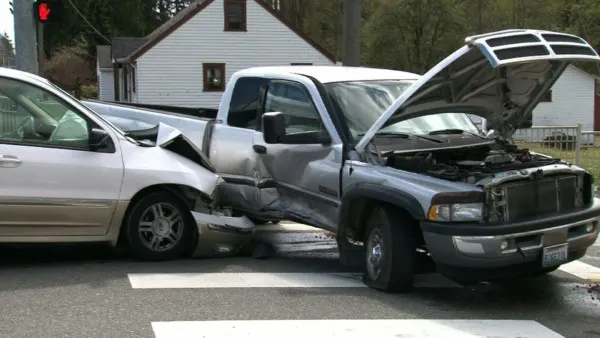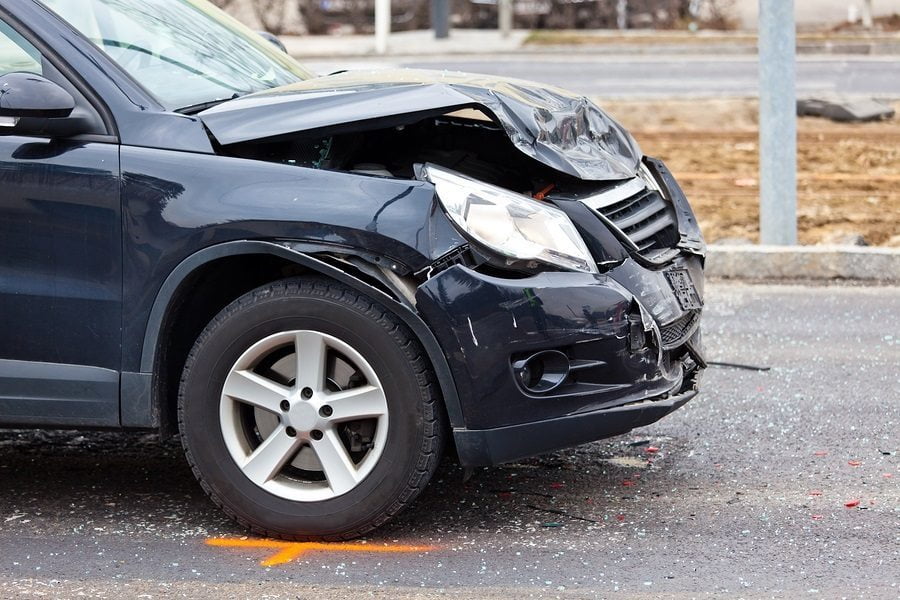Winter in Ohio is undeniably beautiful, but it’s also a time when roads become particularly treacherous. Between icy conditions, reduced visibility, and the increased hustle and bustle of holiday traffic, the risk of accidents unfortunately skyrockets.
In fact, a recent analysis of crash data revealed a chilling statistic: Ohio ranks as the fourth most dangerous state for winter driving, with the second-highest number of winter road fatalities. Importantly, this isn’t a one-off; Ohio has consistently been ranked among the most dangerous states for winter driving for several years running.
At Slater & Zurz, we understand the devastating impact a car accident can have on your life. That’s why we’re committed to helping you stay safe on the roads this winter. Forget the generic “drive slow” advice — here are 8 tactical tips to help you navigate Ohio’s winter roads like a pro.
Tip 1: Warm Up Your Vehicle
Don’t just jump in your car and start your morning commute — give your vehicle a good 10-15 minutes to warm up before hitting the road. Here’s why:
- Improve engine performance: Cold temperatures thicken your engine oil, making it harder for it to circulate and lubricate your engine properly. A warm engine responds more quickly and smoothly, which helps you navigate slippery roads and avoid potential hazards.
- Smoothen gear changes: Warming up also allows your transmission fluid to reach the right consistency, ensuring smooth gear shifts — no more jerky movements that could lead to a loss of control on icy surfaces.
- Maximize visibility: Most importantly, a proper warm-up gives your defroster time to clear your windshield and windows completely. Trying to drive with frosty windows is incredibly dangerous, especially when there’s black ice on the road.
Tip 2: Maximize Visibility
When snow is falling and roads are slick, visibility is paramount. Before you even think about driving, take the time to thoroughly clean your headlights, taillights, and especially your windshield. Don’t just wipe off the snow — get rid of that grime and salt build-up that can obscure your vision.
And speaking of wiping, how are your wiper blades? Are they leaving streaks or missing spots? If so, it’s time for new ones. Good wiper blades are essential for maintaining a clear view of the road ahead in snowy or icy conditions.
Tip 3: Increase Your Following Distance
Remember the old “two-second rule” for following distance? In winter, that rule needs an upgrade — icy roads significantly reduce your tires’ grip, meaning you need much more stopping distance.
Instead of two seconds, aim for four or even five seconds. This extra space gives you more time to react if the car in front of you suddenly brakes or loses control.
Tip 4: Master the Art of Braking
Slamming on your brakes on a slippery road is a recipe for disaster. Instead, practice applying gradual, even pressure to your brakes. This helps your tires maintain traction and prevents your car from skidding.
If you do find yourself skidding, don’t panic. Steer into the skid, which means turning your steering wheel in the same direction that the rear of your car is sliding. It may seem counterintuitive, but doing so helps you regain control of your vehicle.
Tip 5: Be Extra Cautious on Bridges and Overpasses
Bridges and overpasses are notorious for freezing before other road surfaces. That’s because they’re exposed to cold air from both above and below, causing them to cool down faster.
Even if other roads seem fine, approach bridges and overpasses with extra caution. Slow down and be prepared for potential ice patches, especially if the temperature is near or below freezing.
Tip 6: Use De-icer Wisely
A de-icer is a great tool for clearing ice from your windows and mirrors — if you use it correctly, that is. Spray it evenly on the affected areas and give it a few minutes to work its magic. Avoid using hot water to melt ice, as the sudden temperature change can crack your windshield.
Tip 7: Keep an Eye on Your Tire Pressure
Cold weather can cause your tire pressure to drop significantly, which can affect your car’s handling, braking, and fuel efficiency. Check your tire pressure regularly throughout the winter months, especially before long road trips.
You can find the recommended tire pressure for your vehicle in your owner’s manual or on a sticker inside the driver’s side doorjamb.
Tip 8: Stay Focused and Avoid Distractions
Winter driving demands your full attention. The roads are more challenging, visibility can be reduced, and other drivers may be less experienced in these conditions. In other words, put away your phone, avoid fiddling with the radio or navigation system, and keep your eyes on the road.
Remember: distracted driving is dangerous in any season, but it’s especially hazardous in winter.
When facing the unpredictability of Ohio winters, even the most prepared drivers can find themselves in an accident. If you or someone you love is injured because of another driver’s negligence, know that you’re not alone.
Our car accident team at Slater & Zurz is here to help — whether you have questions about the legal process, need help gathering evidence to support your claim, or are unsure about your rights and options. We understand the physical, emotional, and financial burdens that a car accident can bring, and we’re dedicated to fighting for the compensation you deserve.
Contact us at 330-762-0700 for a free consultation today.





